
Wir reisen, also sind wir
vakantio.de/wirreisenalsosindwir
Paraguay: Encarnacion
Dɛn dɔn pablish am: 11.02.2019
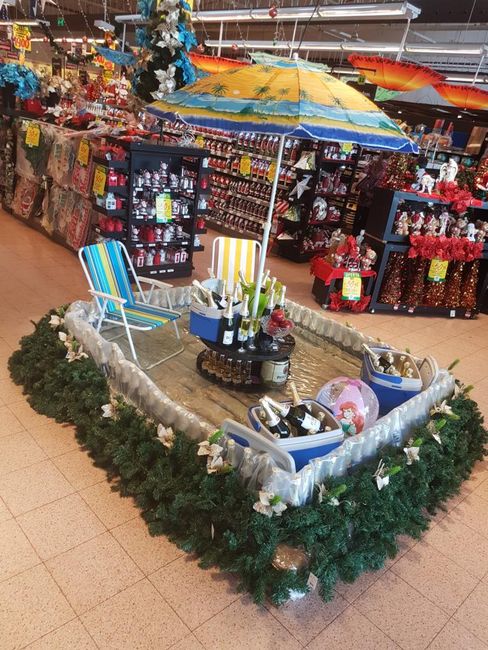
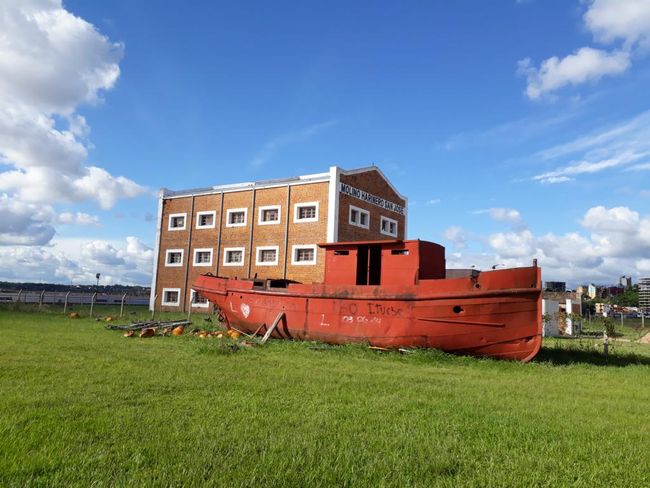
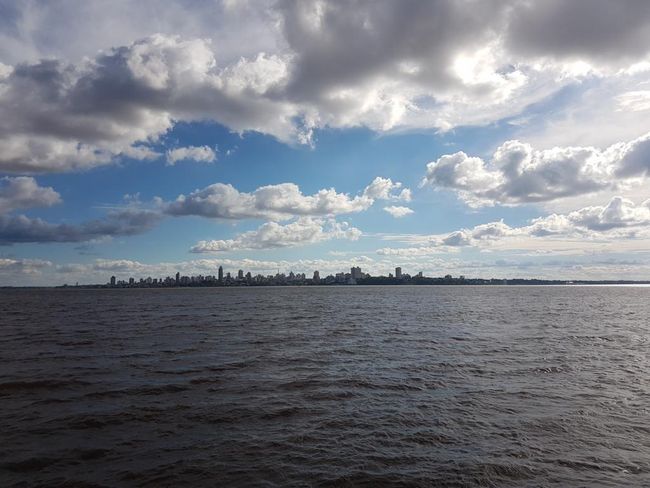
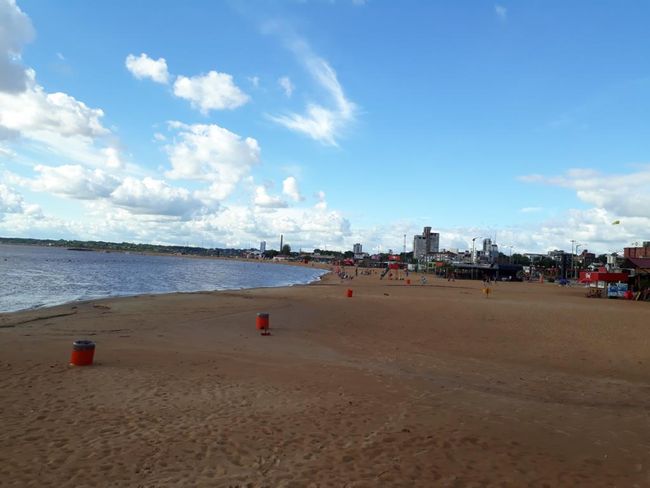
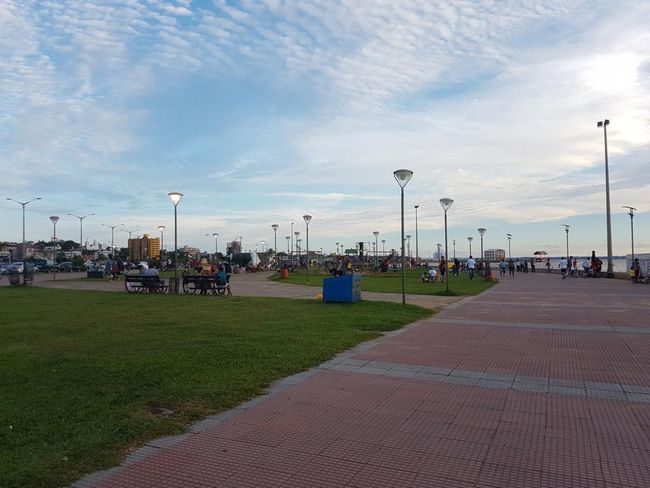
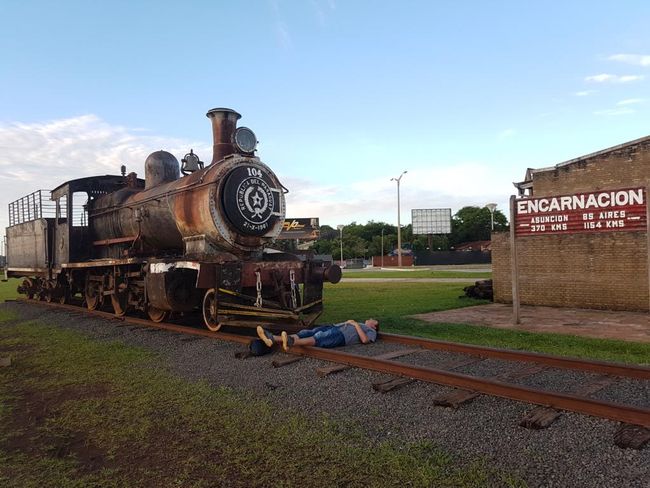
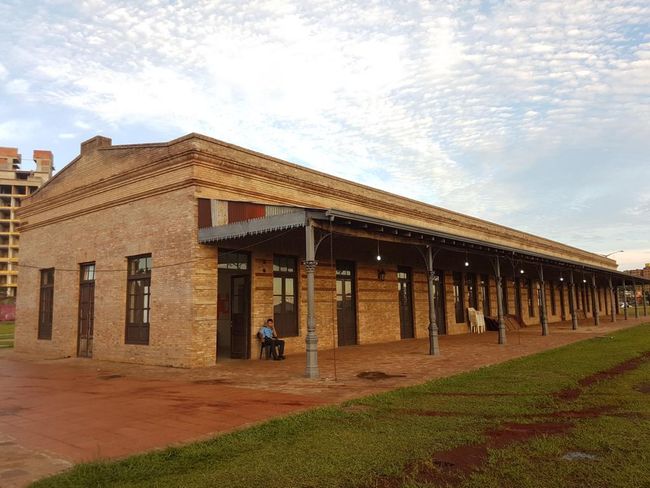
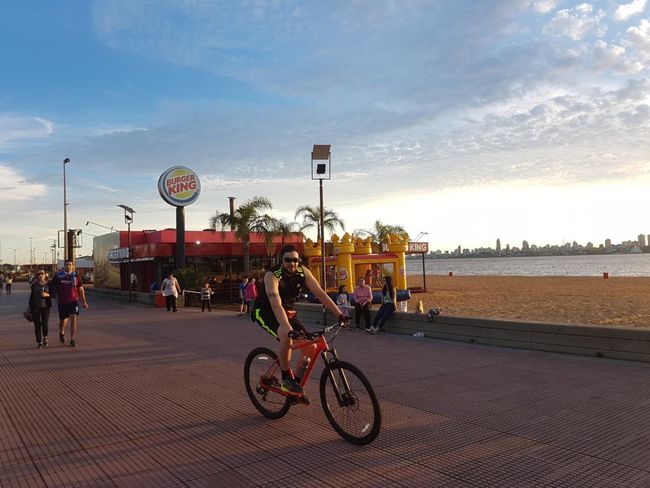
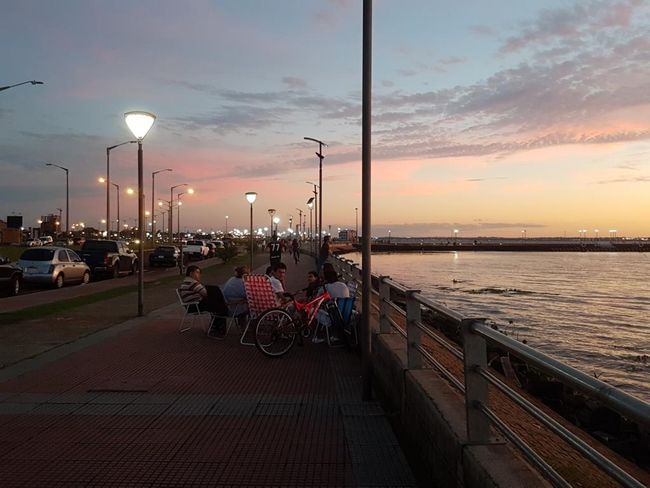
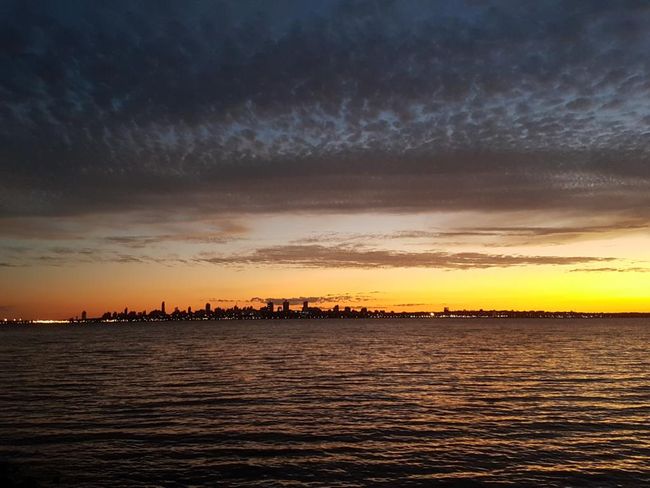

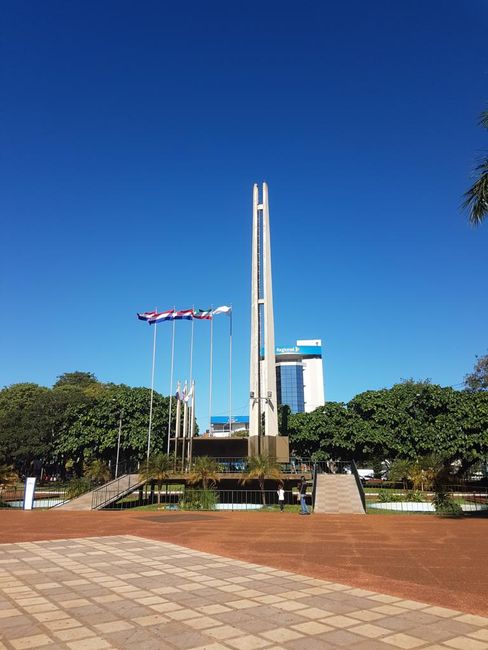
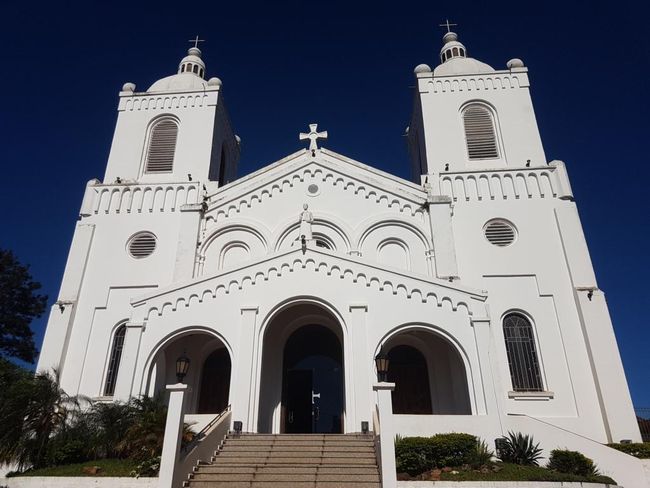
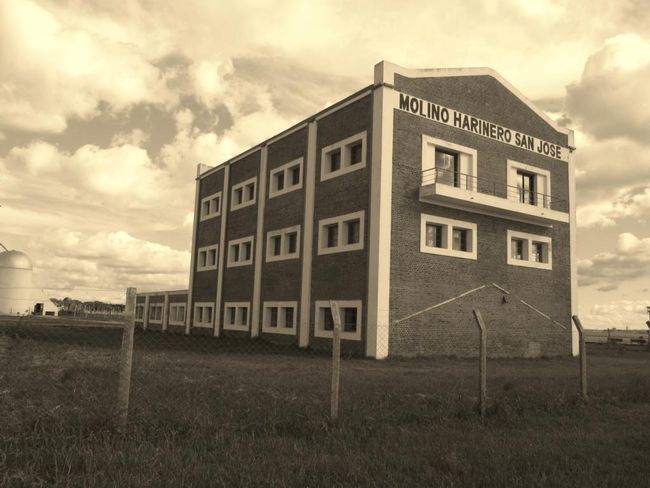
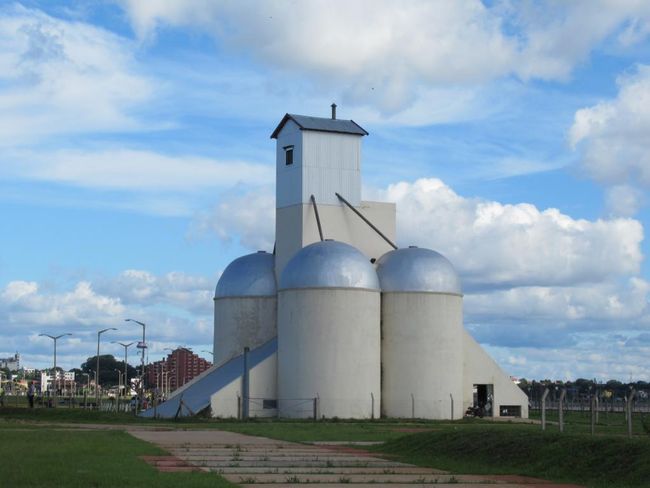
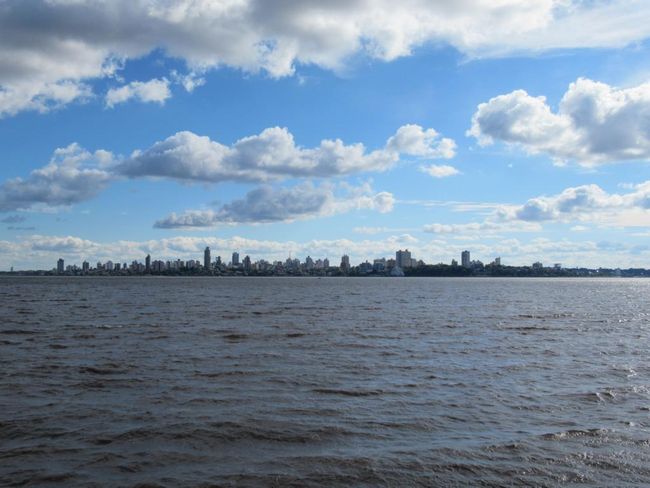
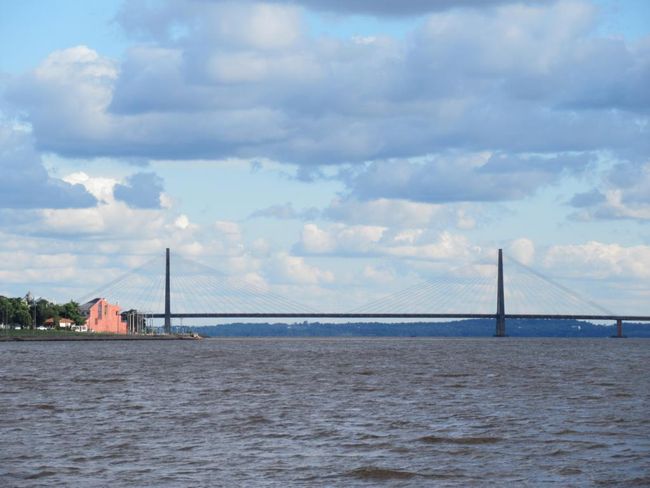
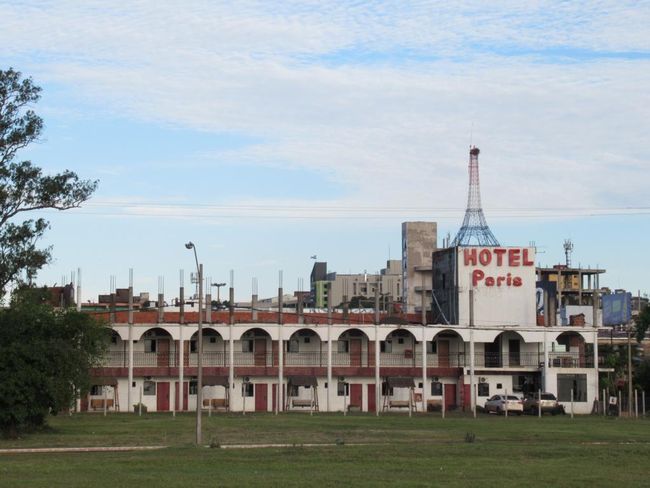

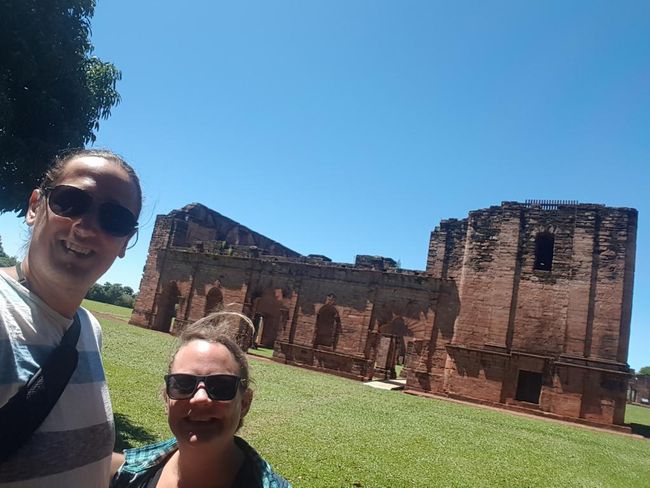
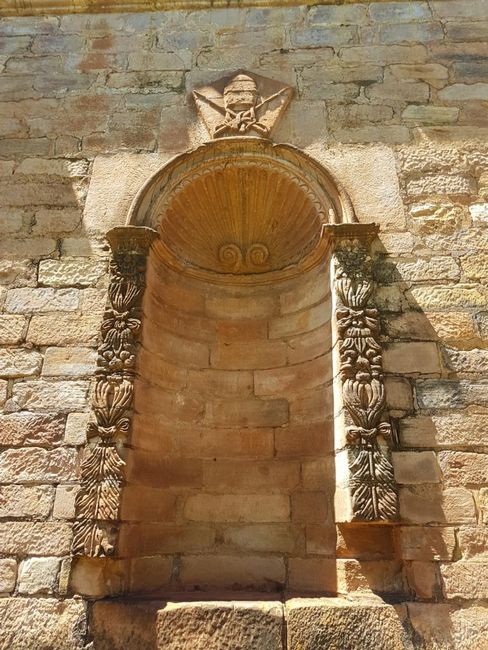
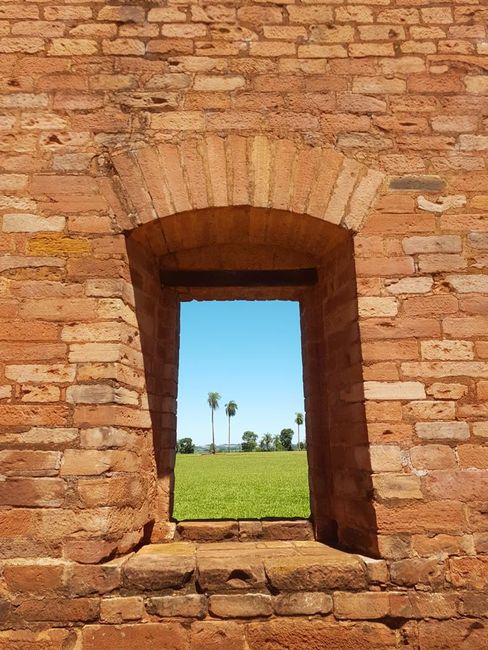
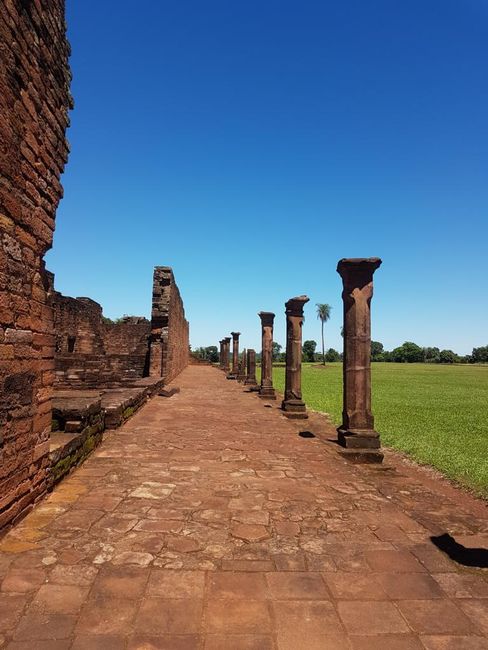
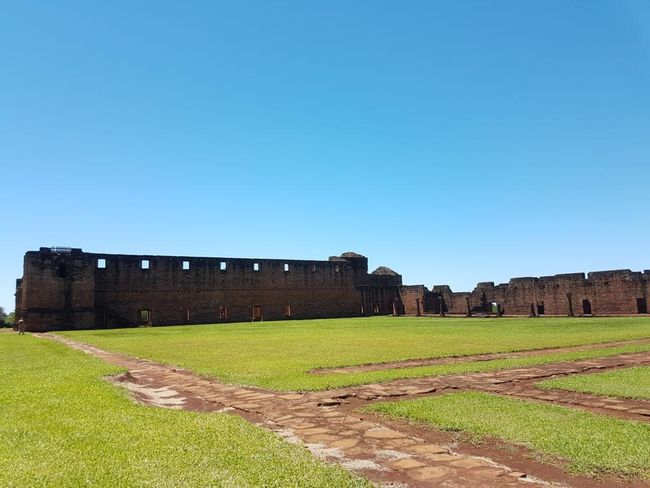
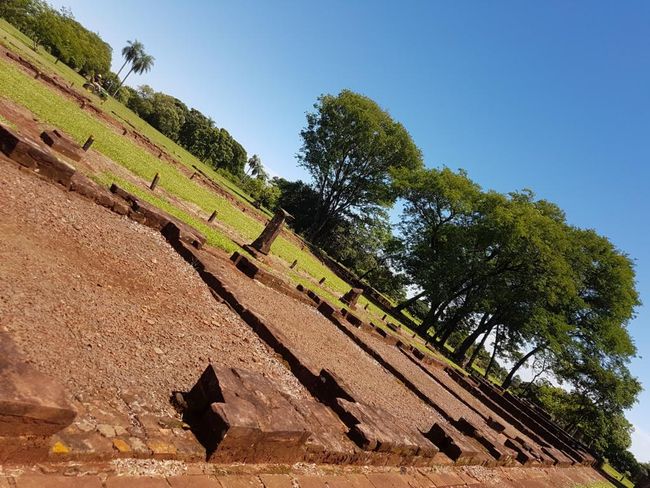
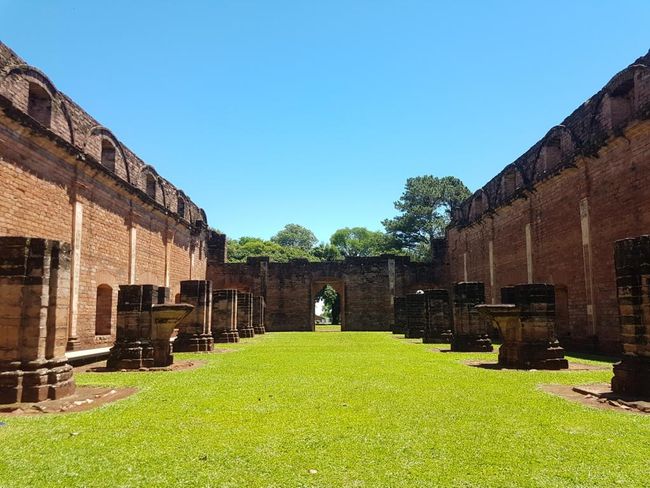
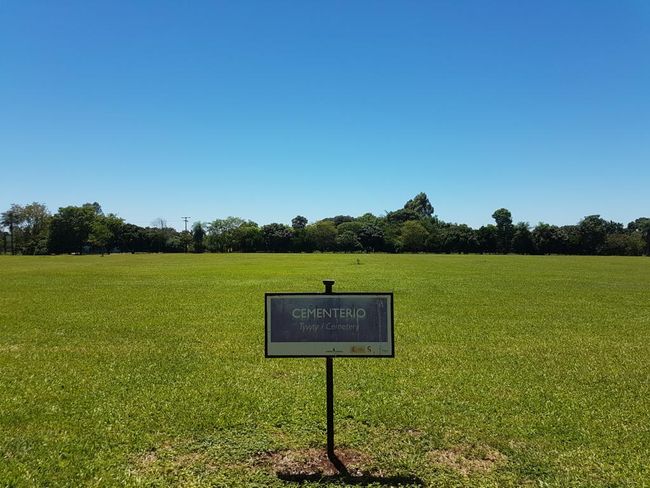
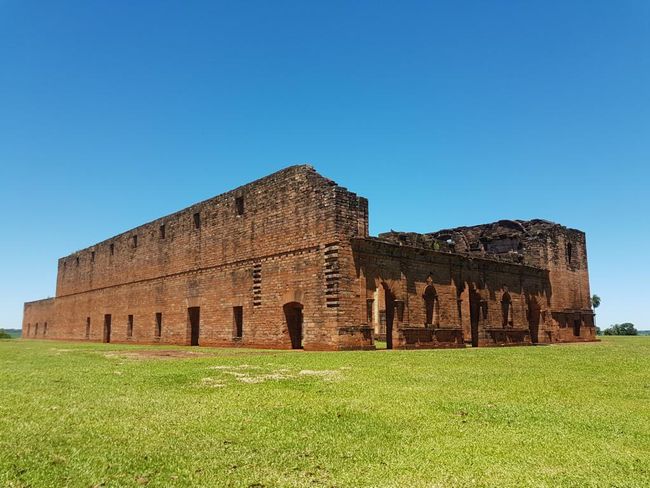
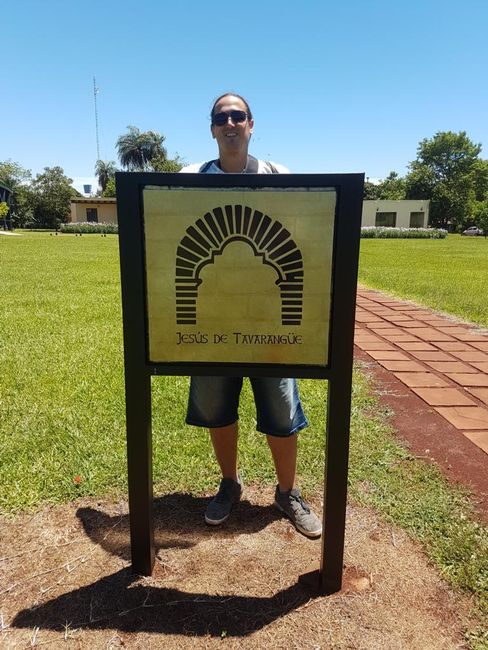
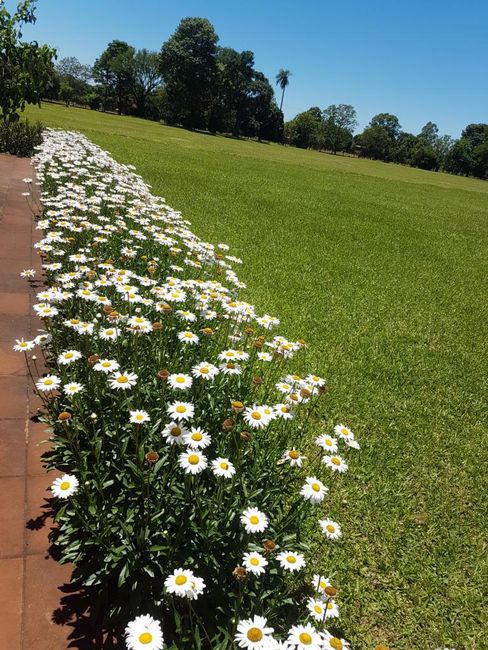
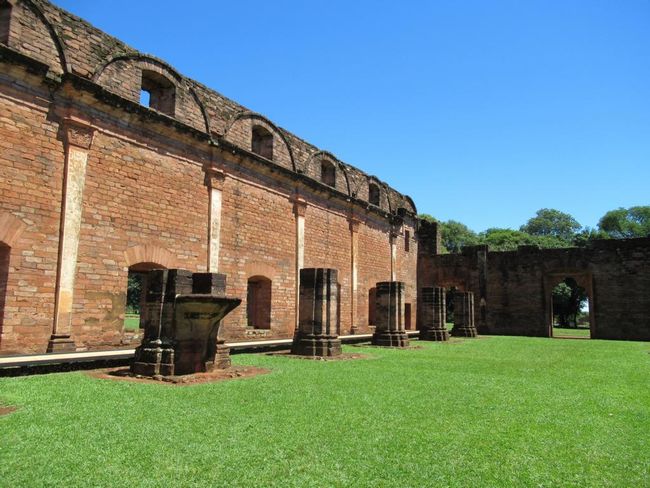
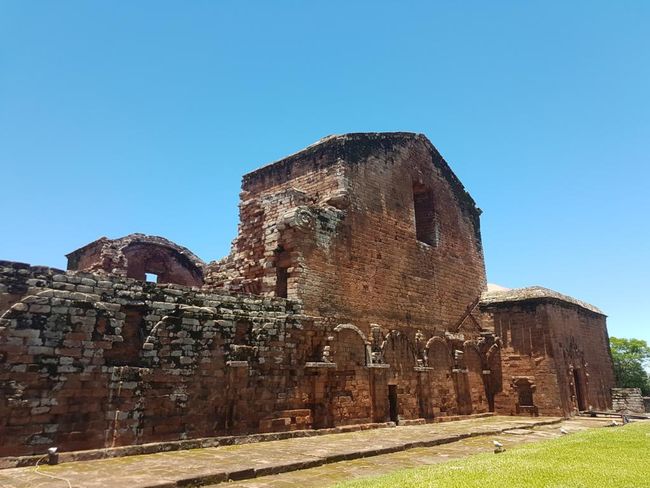
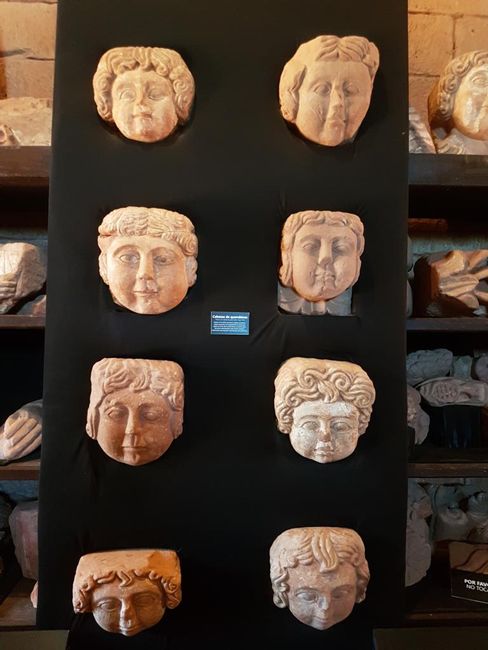
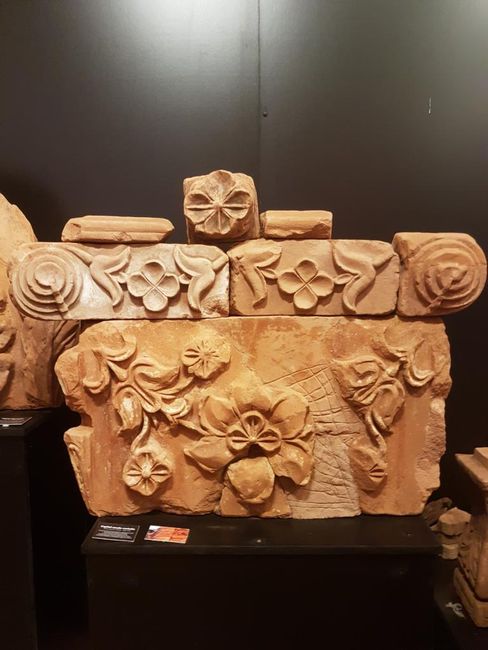
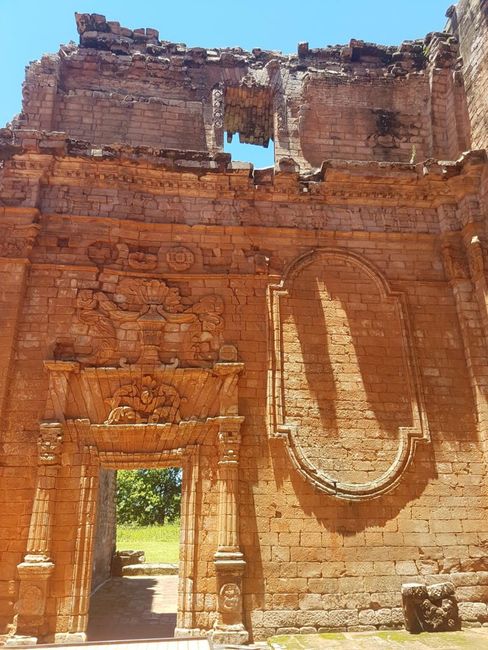
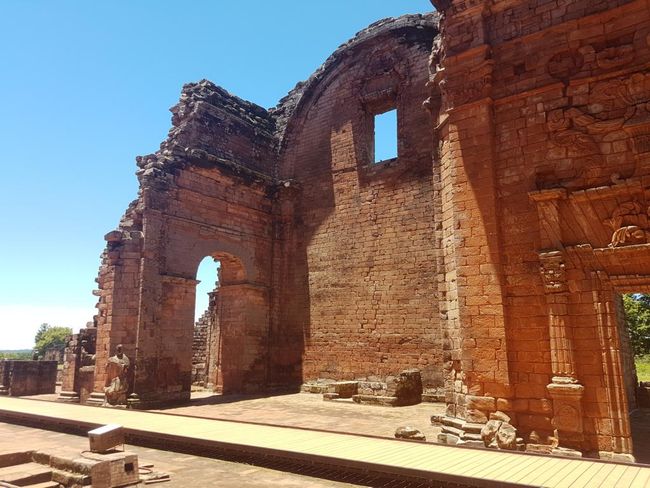
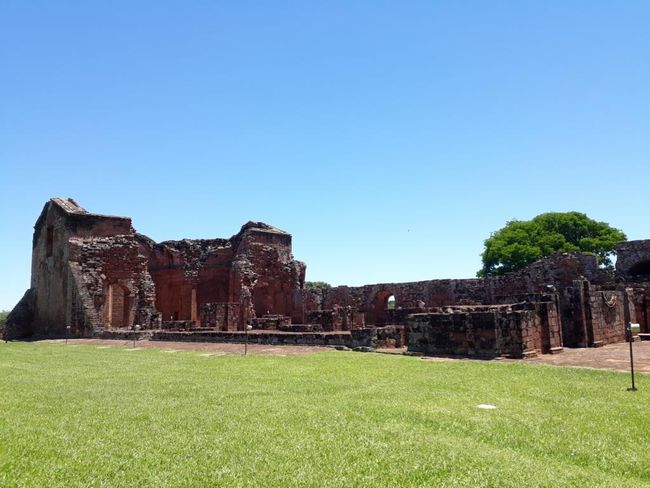
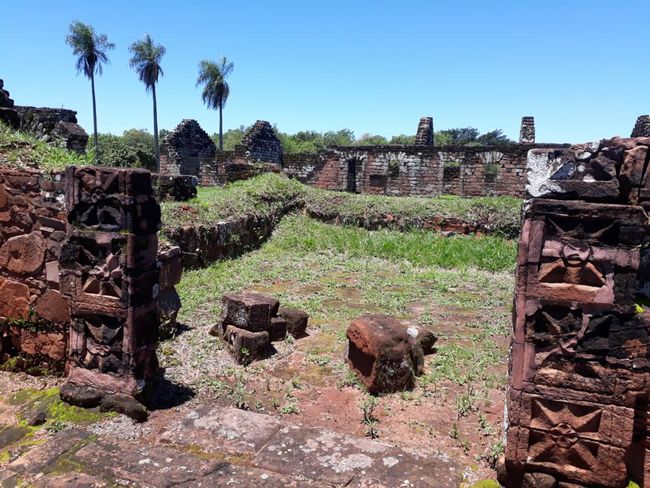
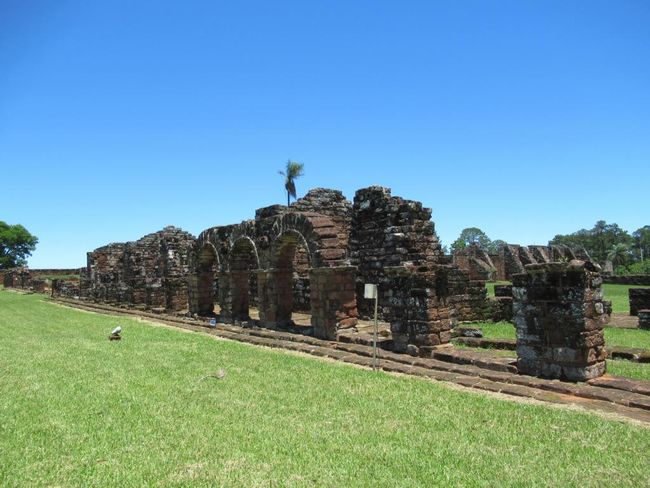
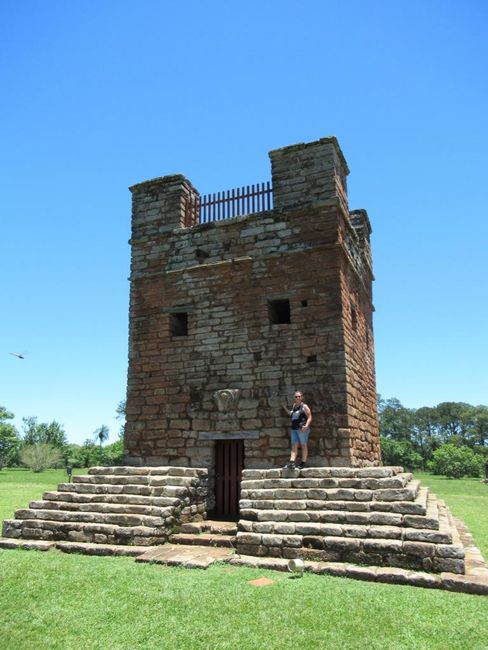
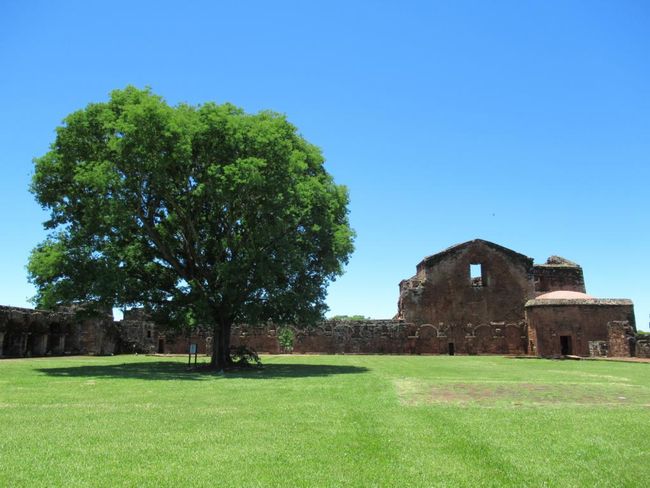
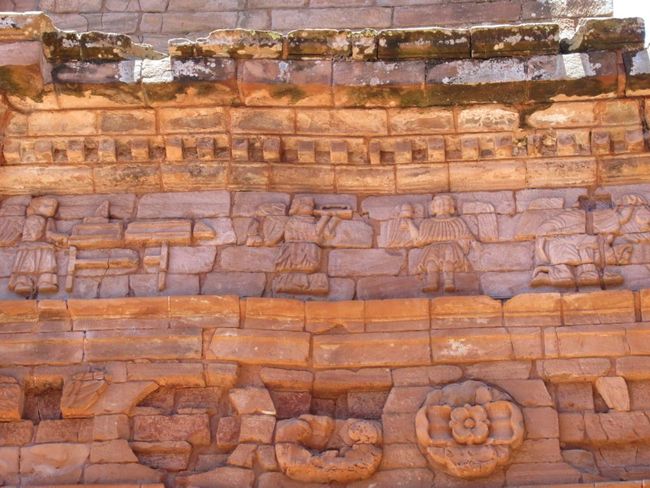
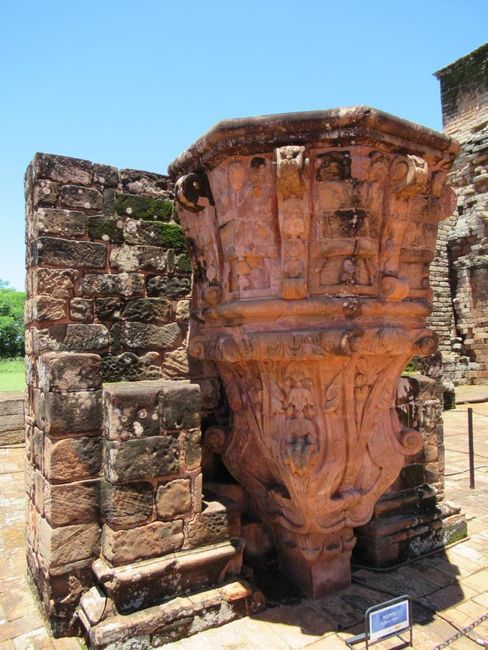
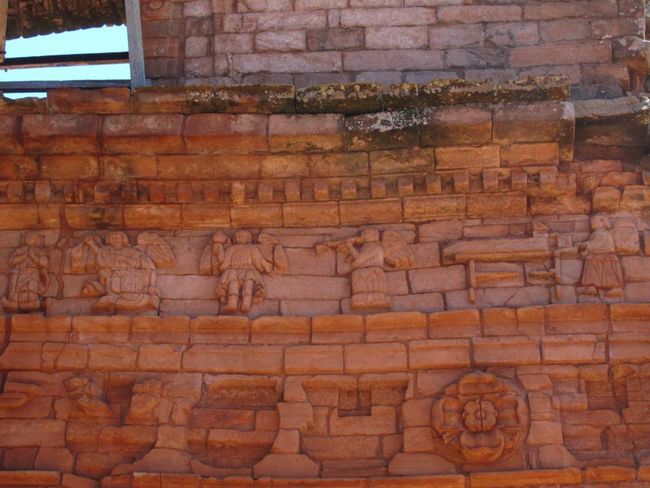
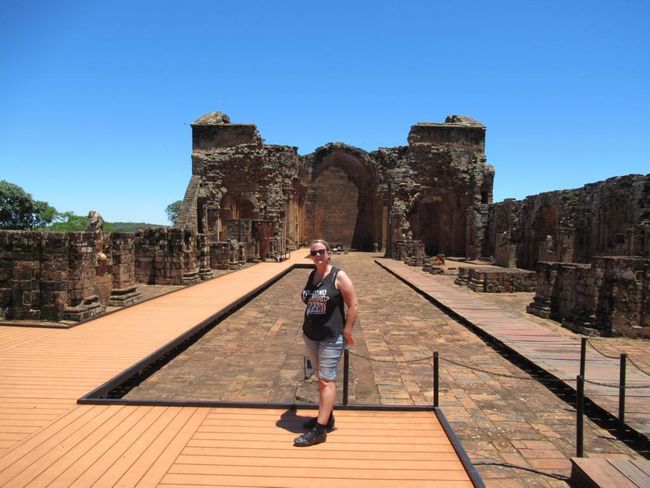
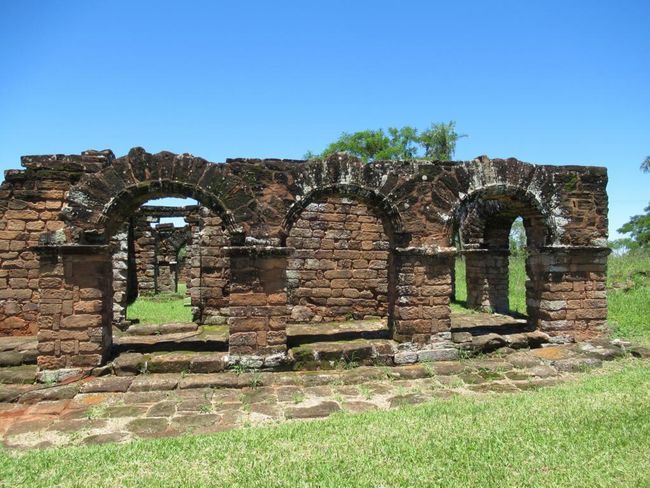
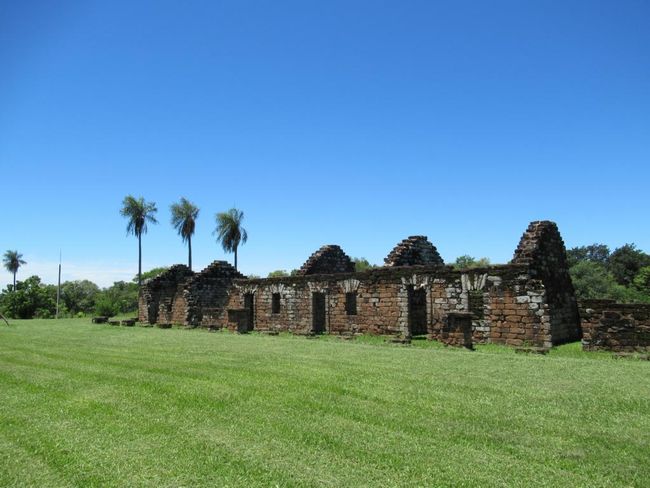
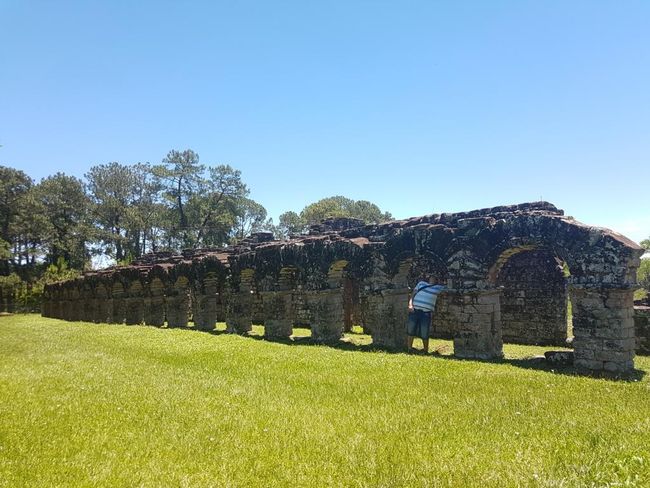
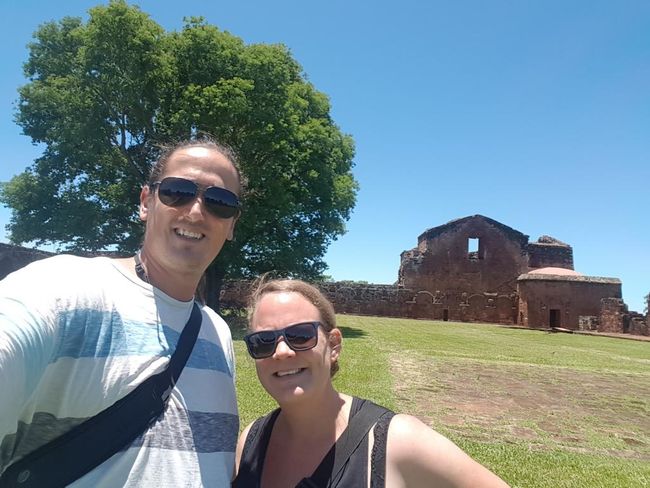
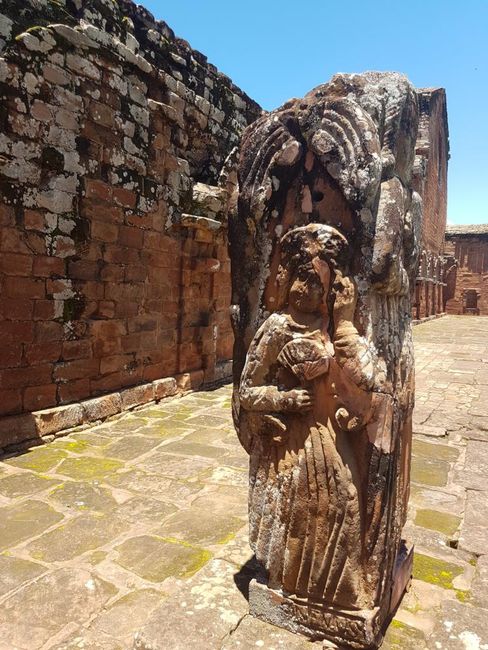
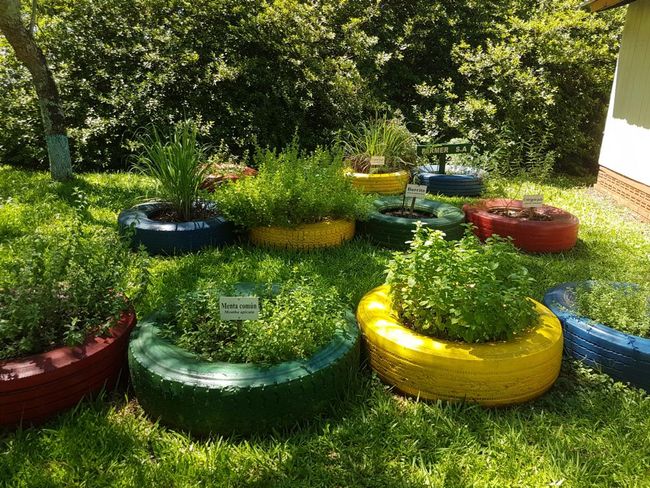
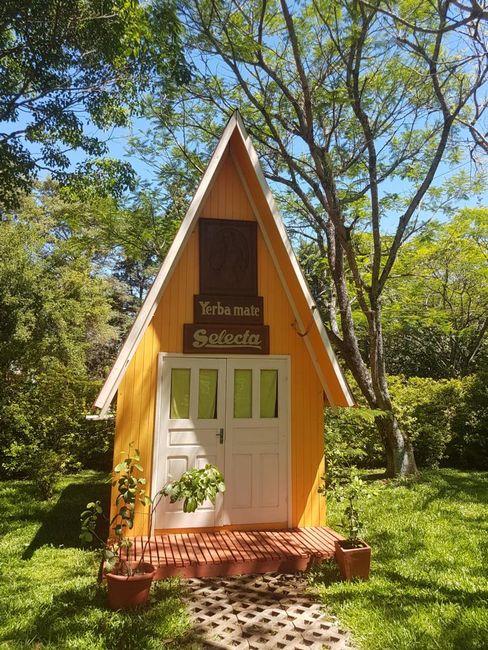
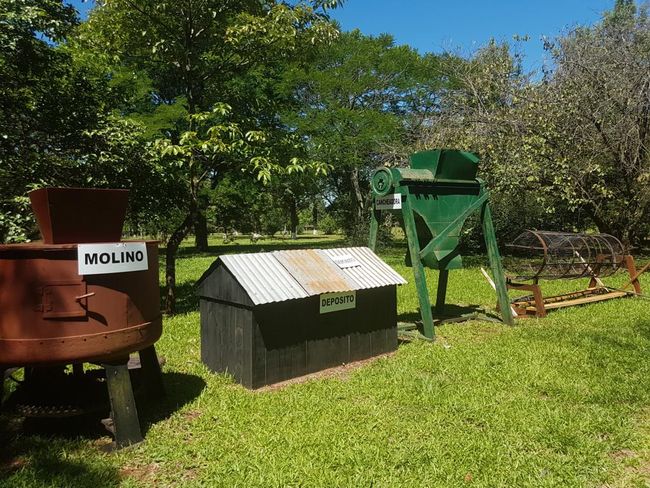
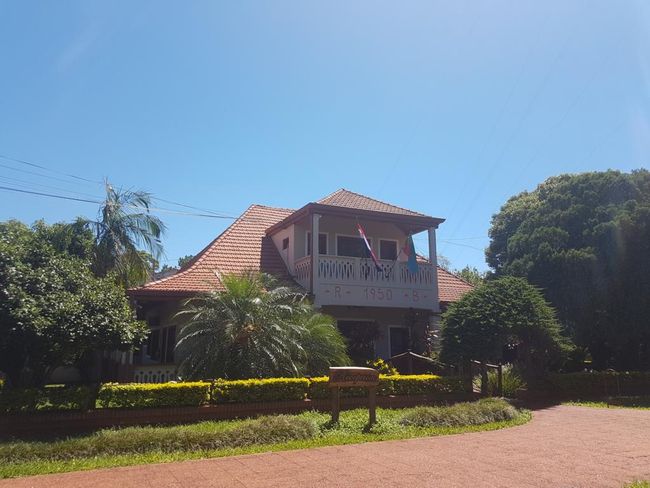
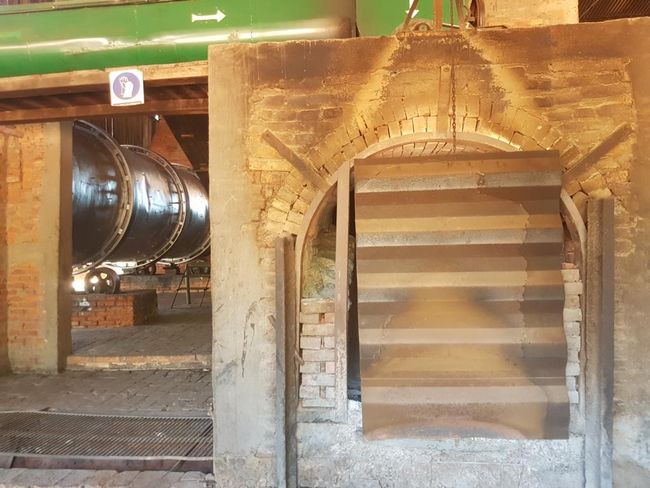
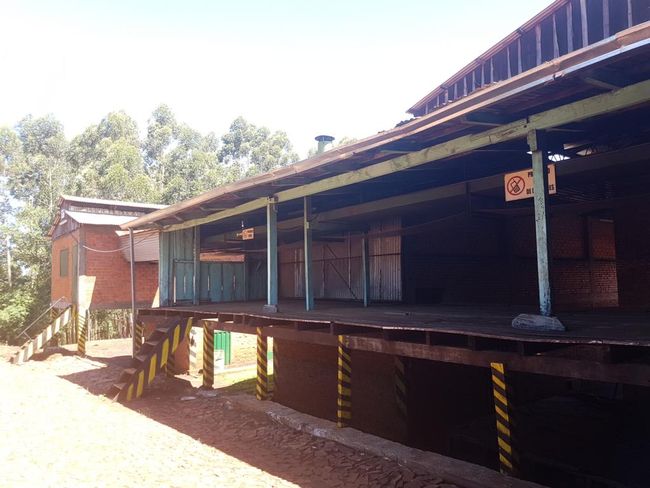
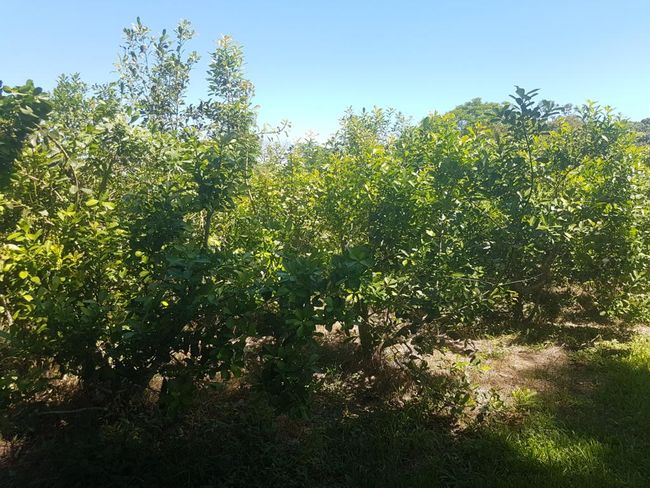
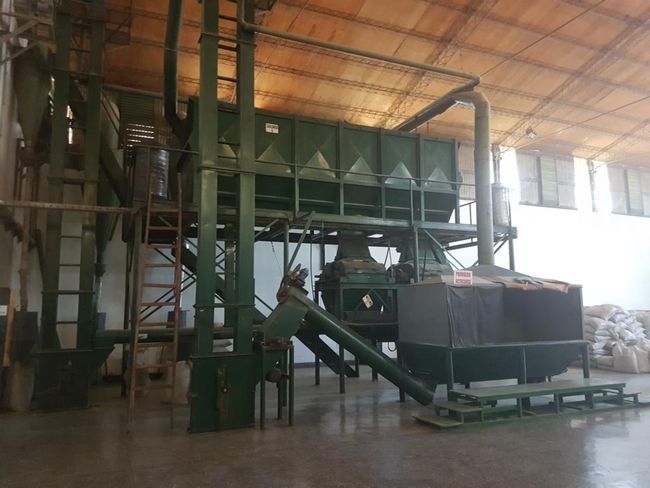
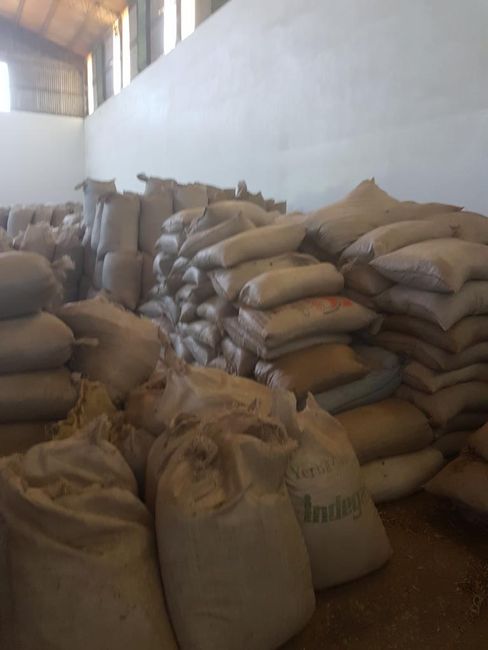
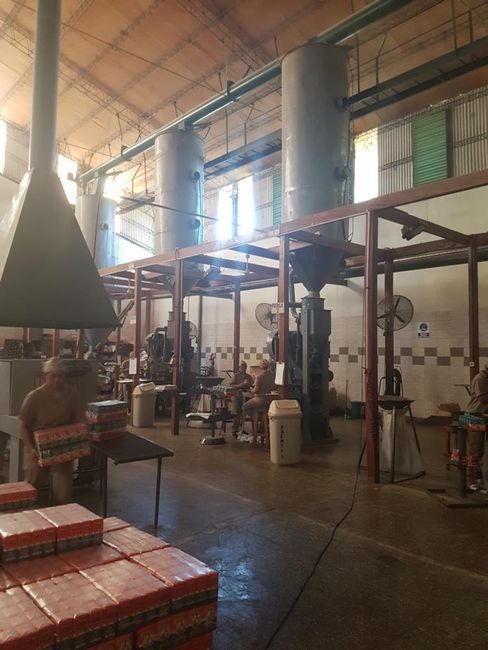
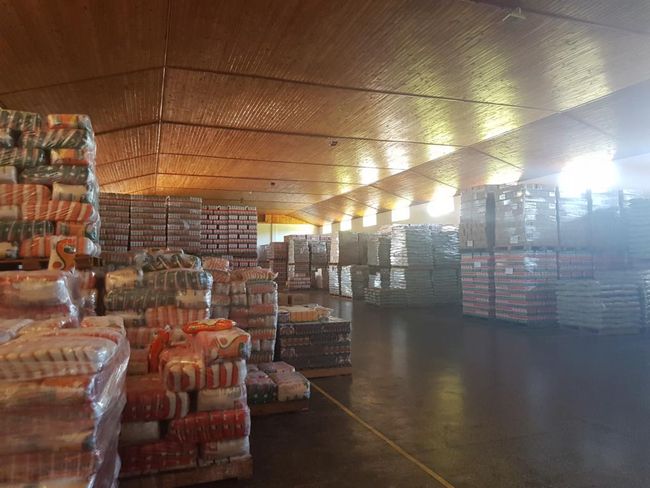
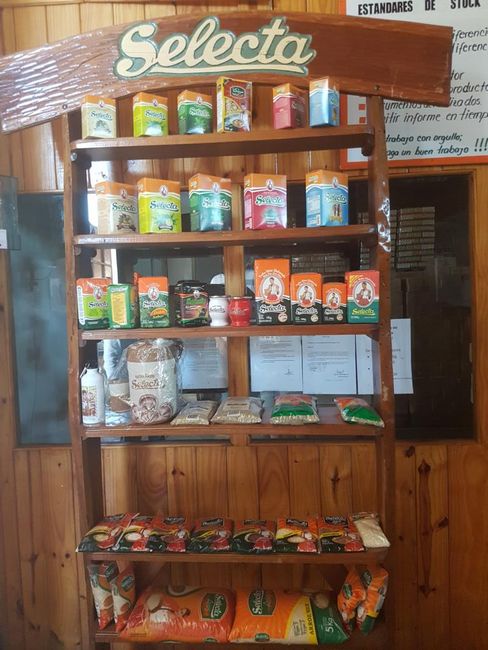
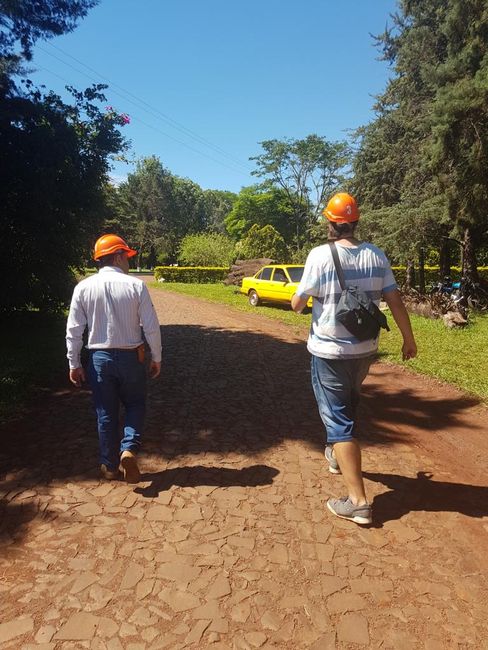
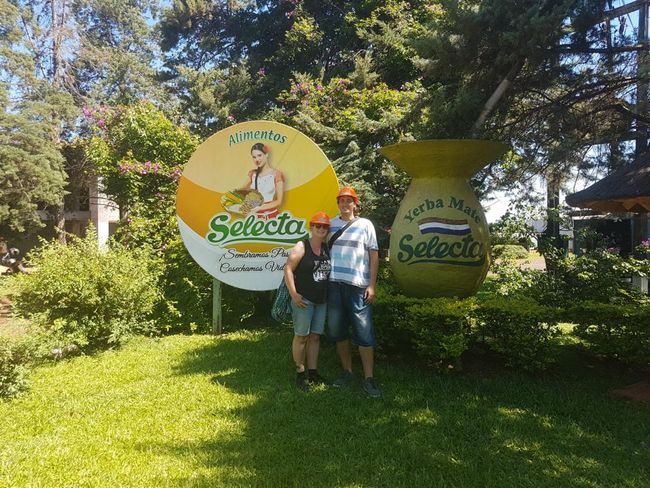
Sabskrip to Nyusleta
From Villarrica we drove to Encarnacion the next morning. The hotels in the city center were all unaffordable, so we booked accommodation a little outside. Thanks to our car, this wasn't a problem. And indeed, this was definitely the best accommodation we had in Paraguay. Although it wasn't cheap either, the price-performance ratio was definitely right. We got a nice studio with 2 huge comfortable beds, a small kitchen and dining table. We could have easily stayed here for a few more days and just cuddled in the comfortable bed. The host family was incredibly nice too. The woman of the house was overjoyed with our visit, asked us about our home country and our travel. They had built these studios next to their own house to rent them out. 4 were already completely finished, the 5th was going to be painted in the next few days. She proudly showed me everything and explained the progress of the construction. They usually rent the studios to business travelers, foreign tourists are rare here. Her husband owns a sports shop in town and immediately saw a good business opportunity. He enthusiastically came over with sports shoes and shorts in Jörg's size. We were actually quite surprised that there were things in Jörg's size here, and the price wouldn't have been bad either. However, we had to explain to the good man that we were already carrying too much luggage with us (not to mention the damn ceramic parrots) and currently didn't really need sneakers and more sports shorts.
In Encarnacion, we first went to the Costanera. Actually, everything worth seeing in Encarnacion is along the waterfront of the Rio Parana. This is also where the Sambadromo is located, where Encarnacion's famous carnival is celebrated. Since the door was open and no one was there, we took a look around. The Sambadromo, which can accommodate 8500 spectators, is certainly much more fascinating when it's full and the party is in full swing. Nevertheless, one does question a little the construction of such a huge thing that is only used for one purpose once a year.
Also located on the Costanera is an old flour mill, which unfortunately cannot be entered. But it provides some nice photo opportunities.
Also right on the coast is the old train station, where you can visit a rusty train.
Across the Rio Parana is the Argentine city of Posadas, which offers a nice view from the promenade.
There are also some small sandy beaches where the locals hang out. There is apparently also the BurgerKing with the most beautiful view we have ever seen: it is located right on the beach.
After walking up and down the Costanera a bit, we then sat on the pier to admire the beautiful sunset from there. It was a wonderful atmosphere in the evening along the promenade. Locals gathered everywhere, set up their folding camping chairs, and drank Terere. In fact, there were hardly any people drinking beer or anything similar, which would be more common for us. Here, people drink Terere.
We also wandered a bit through the city center of Encarnacion, but apart from the usual squares and churches, there is not much to see and they are not particularly beautiful. The (touristic) life definitely takes place on the Costanera.
The next day we first went to Jesus de Tavarangue to visit the Jesuit mission there. In contrast to the Jesuit missions we had already seen in Bolivia, these are almost exclusively ruins. The mission was founded in 1685, but the work was never completed until the Jesuits were expelled in 1767. The complex also includes a small museum where pieces and artworks from the mission are exhibited. As was customary with the Jesuits, a simpler provisional church was initially built before construction of the actual temple began. In the case of Jesus, construction of the huge church measuring 70m in length, 24m in width, and 12m in height began in 1756. The church would have been one of the largest of all Jesuit churches, but it was never completed. In addition to the ruins of the massive church, you can also visit the workshops and the "Indian houses" in the complex, although only the foundations remain. Today, the Plaza Mayor is a tree-lined, shady meadow.
We then continued to Trinidad, where Paraguay's allegedly best-preserved mission is located, which was founded in 1706. By 1728, 3000 people already lived here. After the Jesuits were expelled, the Dominican Order took over the mission, but only for a short time. In 1776, the church was destroyed. In 1788, only 57 families were left in Trinidad. After the expulsion of the Jesuits, the indigenous people lost their protection and migrated away. In 1993, the missions of Paraguay were declared UNESCO World Heritage sites.
Here too, only ruins can be admired on a large green area, including a watchtower that served to defend the mission. This is a new element that we had not encountered in other places before. There was also a small museum here where you could see stonework and sculptures. Particularly noteworthy in Trinidad are the reliefs of the music-playing angels that have been preserved in the church wall. They are beautiful and very detailed representations of angels with various instruments.
In the afternoon, we continued to Bellavista, where we had booked a tour of the Yerba Mate factory "Selecta". Yerba Mate is the tea with which the Paraguayans mix their beloved Terere. The Terere cup is almost filled to the brim with Yerba Mate tea. Then ice-cold water from the previously ice-filled thermos jug is added. It is drunk with a bombilla, a type of straw with a built-in tea sieve. Yerba Mate would accompany us for a while, because it is not only drunk in Paraguay, but also in Uruguay and Argentina, although there it is not consumed as Terere, but as Mate, a hot drink.
After registering at the visitor center, we were equipped with protective helmets. Nobody really knows what these are for. Then we were taken on a tour of a small "open-air museum" where we could look at old machines that were used for processing in the past. Then we went to the factory, where the production process was explained to us. About 500 people work here. Selecta now also produces other products, such as rice, roasted peanuts, and tea in bags.
After the leaves are harvested, they are delivered to the factory from the farms. Selecta's own production accounts for about 70%, the rest is purchased from independent farmers. About 9 tons of tea leaves can be processed per day. The leaves are dehydrated and sterilized at 400° for 1.5 minutes, reducing their moisture content to only 20%. They are then dried in a large oven on a giant conveyor belt for 24 hours at 90° until they contain only 3% moisture. Next comes the storage, which lasts at least 1 whole year, and even 2 years for premium varieties. Finally, the leaves are ground and packaged. And there it is, Paraguay's favorite tea. On average, every Paraguayan consumes an incredible 7 kg of tea per month, which is about 250 g per day! We asked our guide why Yerba Mate is drunk cold in Paraguay. He tells us that the tea was already cultivated by the Jesuits. According to legend, the "cold drinking" began during the Chaco War so that they wouldn't have to make a fire and thereby not reveal their hiding place to the enemies.
The tour was relatively short, but very informative and interesting. After all, this is an important aspect of Paraguay's culture. And every Paraguayan we later encountered was very surprised and excited when we told them that we had visited the Selecta factory.
In the evening, we drove back to Encarnacion, where we could sleep for a second time in the divinely comfortable beds in our accommodation before saying goodbye to our host family the next day and embarking on the third stage of the village sightseeing tour.
Sabskrip to Nyusleta
Ansa
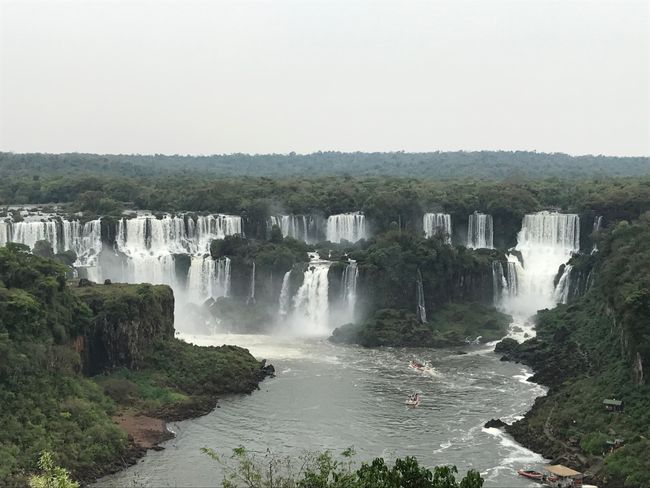
Travul ripɔt Paragway na di kɔntri
